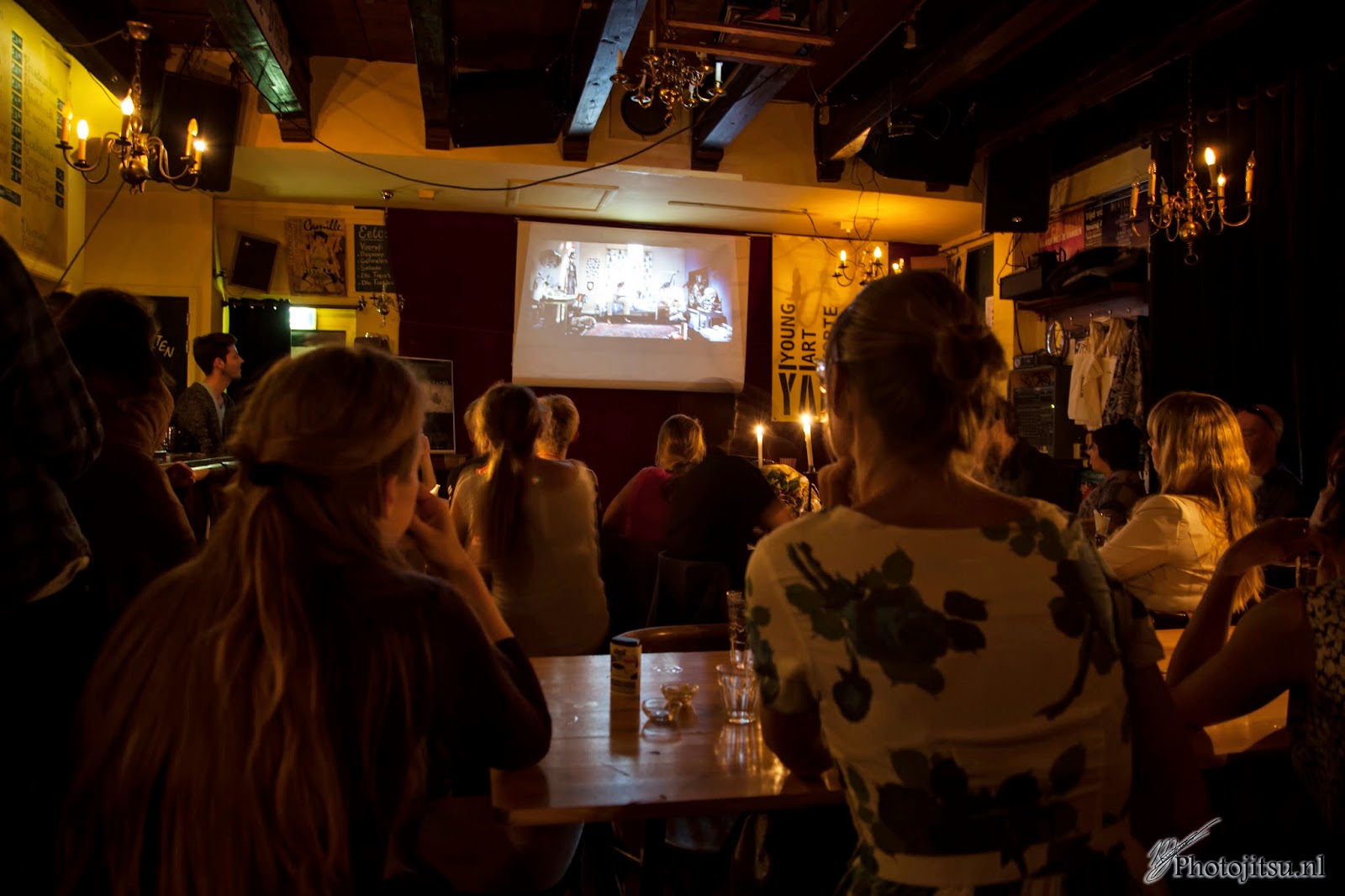Lenses
The first thing you should make sure
is that you always bring a “fast” lens. Fast lenses are lenses that have
small aperture values (i.e. F1.4 or F1.8). The smaller the aperture value, the
less light you need for a good photograph. A 50mm F1.8 will cost you around 99
euros. There is a reason why they call it the “plastic fantastic”! For the photographs
in this blog, I used a Sigma 35mm F1.4 Art. Remember to use wide angle lenses
instead of tele ones. The minimum shutter speed for hand shot photographs is 1/shutterspeed which means
that, when a 135mm lens is used, a shutter speed of 1/135s is necessary. In
contrast, when you use a 35mm lens, the minimum shutter speed only has to be
1/35s, much longer! A disadvantage ofcourse, is that you have to get close to
the subject.
Figure 1: Fast lenses will save you!
ISO
Don’t hesitate to increase the ISO
on you camera. Normally, I never go above ISO400 on my Full Frame camera.
However, in difficult lighting situations, ISO400 is not going to cut it. Not
even when using a fast lens! Most photographs in this blog were taken using
ISO800 or ISO1000. Modern software is perfectly capable to reduce noise in your
photographs without a significant setback in sharpness. Keep in mind that noise
is more apparent in dark areas of a photograph then the lighter ones.
Figure 2: ISO1000, well lit parts of a photograph
suffer less noise then darker parts
Focus en composition
Because you will be working with a
wide open aperture, your depth of field will be narrow. Even on a 35mm lens. This
means that you don’t want to try making group shots with everyone in focus. It
is not going to happen! Instead, focus on the individual. Not only will this
make the atmosphere seem more palpable, it will also enhance your composition
because the viewer has something that stands out to look at.
Figure 3: focus on the person in the middle
Figure 4: Focus on the candle
Flash vs tripod
If you do not own a fast lens, or if
you don’t want to increase your ISO value, you have to choose to use either
your flash or a tripod. I strongly recommend NOT using your popup flash because
you do not have control over it. It just flashes. If you own a Canon Speedlight
580 EX or equivalent, you have far greater control over the situation. Use as
little flash as possible. Aim the flash towards the ceiling or, if that doesn’t
give you the desired effect, behind you. This will diffuse the light and make it
look softer and you will keep most of the atmosphere.
Figure 5: flash towards the ceiling. ISO200, shutter
speed 1/100s
If all the
above fail, you might be able to use a tripod. Using a tripod however, might be
tricky since there is not always enough space. Remember you can use tables and
chairs as tripods as well! In addition, using a tripod (and with it, slower
shutter speeds) will result in a sharp environment but blurred people! This
might be cool as an effect, but it will create a rather one sided impression of
the evening!
So, to summarize:
- - Use
fast lenses
- - Up
your ISO value, the software will sort it out
- - When
using a flash, make sure to aim for the ceiling or behind you
- - Focus
on the individual instead of the group (because of the wide open aperture)
Well that’s
it for today. I hope you had fun reading this blog and I hope you can use these
tips to your advantage!
For more blogs,
or to see my photography work, hop on over to www.photojitsu.nl or like us on Facebook www.facebook.com/photojitsu. Until next time!
















